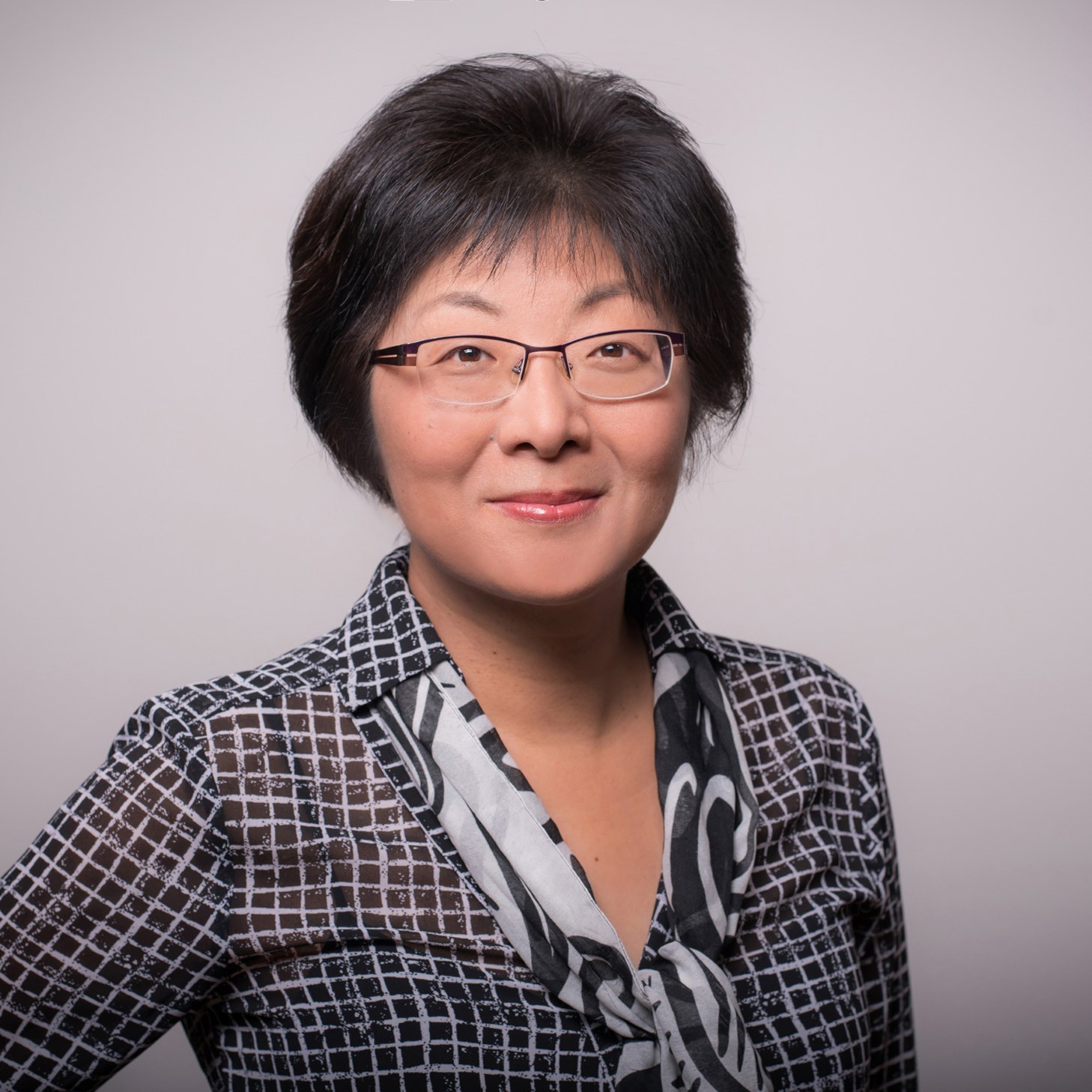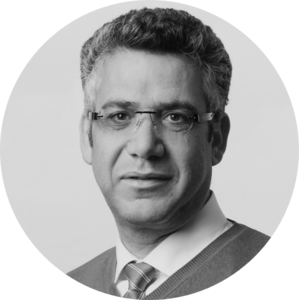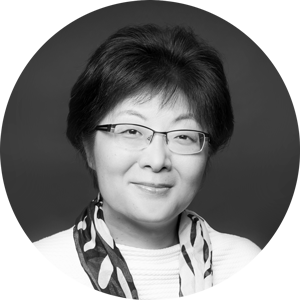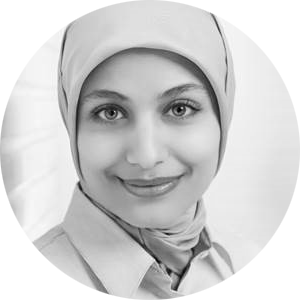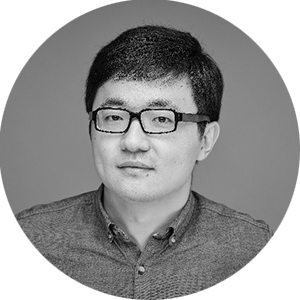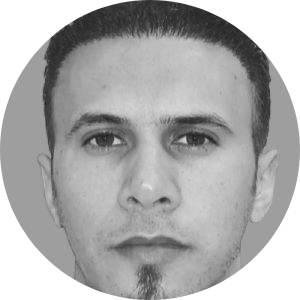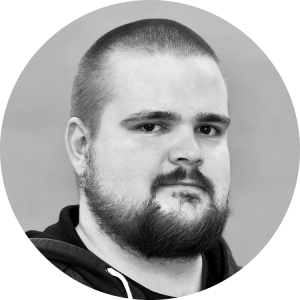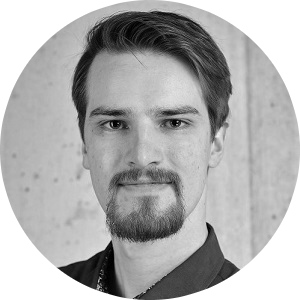CeTI creates an international, equal-opportunity research environment to train the next generation of outstanding researchers and foster their career development.
Furthermore, CeTI aims to achieve socio-economic advancements by encouraging technology transfer to start-ups and existing companies.
CeTI creates an international, equal-opportunity research environment to train the next generation of outstanding researchers and foster their career development.
Furthermore, CeTI aims to achieve socio-economic advancements by encouraging technology transfer to start-ups and existing companies.
CeTI speakers
CeTI voices

I’m enthusiastic about contributing to CeTI because this cluster of excellence is right at the interface between cognitive neuroscience research and real world behaviour of people. This is the perfect opportunity to build on novel ideas both in machine learning and computational cognitive neuroscience to enable the vision of the Tactile Internet.

One of CeTI’s core visionary challenges is exciting: to understand, model, and realise how humans interact with machines in a Tactile Internet context, and therefore how can machines and networks be adapted to the human needs. This human-centric view of preparing for the Tactile Internet revolution ahead is first of its kind in groundbreaking technology research. As a wireless communications researcher we will provide research solutions to enable the untethered access matched to human needs.

CeTI enables me to investigate novel approaches of highly energy-efficient runtime systems in an interdisciplinary field of research. It opens the opportunity to collaborate with other research domains for enabling next generation robotic systems with enhanced human–machine interaction capabilities.

I am happy to be part of this highly innovative cluster. Here we combine expertise in electrical engineering, computer, and life sciences with my approaches on smart fibre based sensor and actor systems to create novel multimodal soft exoskeletons. This joint work will significantly enhance the collaboration between humans and machines as we know it today and I am looking forward to contribute one of the many fascinating puzzle pieces.

I’m convinced that the interdisciplinary research done in CeTI between engineering, computer science, medicine, and psychology enables us to solve problems beyond a single discipline and paves the way for next-generation digital surgery.

Mixed-reality interfaces of the future that are based on a new class of wearable sensors and actuators will change the way human beings interact with each other and with cyber-physical systems in an unprecedented way. I am proud to be part of this interdisciplinary initiative and to contribute cutting edge research in multimodal interaction and feedback for augmenting human skills, perception, and participation in a cyber-physical world.

Intelligent robotics will significantly contribute to accelerating the democratization of skills in our society. Immersive robot avatars and human–robot collectives will enable connected users to directly experience remote or virtual environments through smart wearables. In fact, one could argue that robots are the intelligent embodiment of the Tactile Internet.

Lifespan developmental neuroscience in CeTI studies mechanisms of age-related changes in the speed, precision, and adaptivity of human goal-directed multisensory perception and action, which are crucial for advancing new technologies for networked, real-time human–machine interactions.

With CeTI we will be able to bring haptic communication for networked physical interaction to the next level.

Tactile Internet with Human-in-the-Loop relies on proper I/O devices: ultra-low power and low-latency OLED micro-displays in wearable near-to-eye displays (‘eyeables’) are a key component for it. Fraunhofer FEP’s experience in R&D and industrial transfer of micro-display technology and devices, and their incorporation into smart eyewear solutions will specifically help CeTI to achieve the overall 1 ms latency target – therefore I am keen to participate in this exciting project and consortium.

Only by ensuring trust in the proper workings of systems, CeTI can become a success. We will provide sufficient security and dependability to make sure such systems can become reality.

I am very happy to be involved in such an exciting project as CeTI to develop next generation haptic and audio technologies, which will be the key modules in future medical, virtual reality, communication, and learning applications. Our aim is to add the sense of touch to the Tactile Internet. This will be achieved with low-latency, low-weight, and low-cost actuator and sensor solutions for an immersive user experience.

Now that the Internet has fundamentally changed our access to information, the next step will be for the Tactile Internet to enable more people to participate equally in society and to acquire skills — regardless of age, physical limitations, cultural background, etc. To achieve this, functional interaction between man and machine is essential.
Collaboration within CeTI
Collaboration within CeTI
Junior Professors
Principal and associated investigators
Associated investigators (external)
Scientific and Industrial Advisory Board
Research Associates
PhD Researchers
Partners

Deutsche Telekom
With some 168 million mobile customers, 28 million fixed-network lines, and 19 million broadband lines, Deutsche Telekom is a leading European telecommunication provider.

Supporting European entrepreneurship
Famous early stage investor from Berlin, supporting European entrepreneurship.
https://www.atlanticlabs.de

Wandelbots
from Dresden has set itself the goal to democratize the robotics industry. Thanks to their revolutionary TracePen the use of industrial robots has never been easier.
























